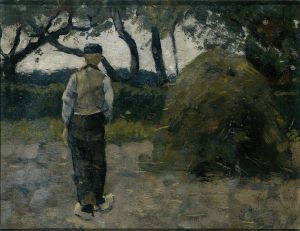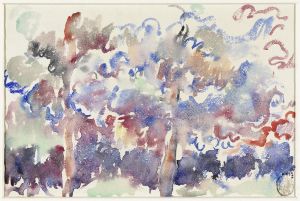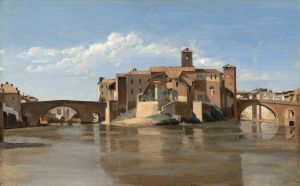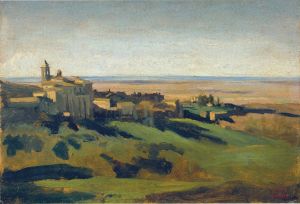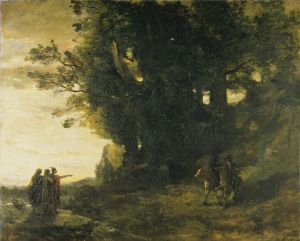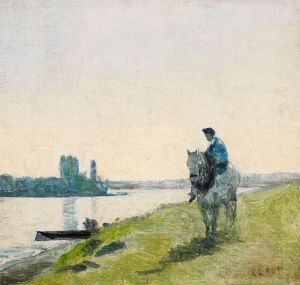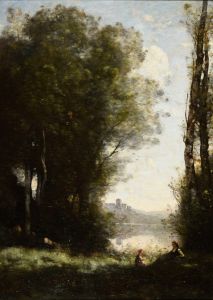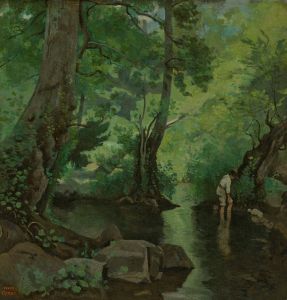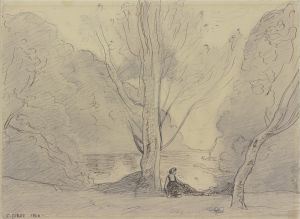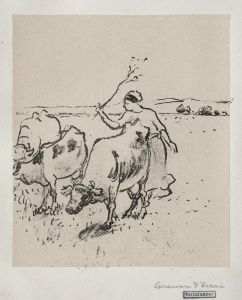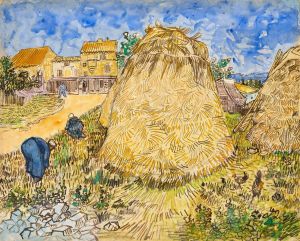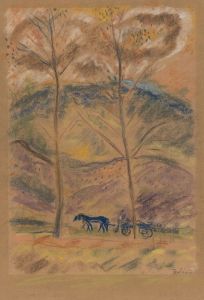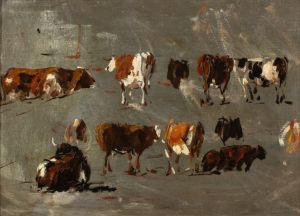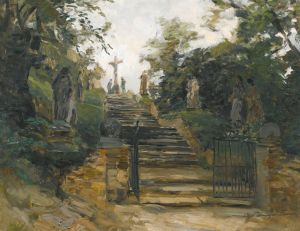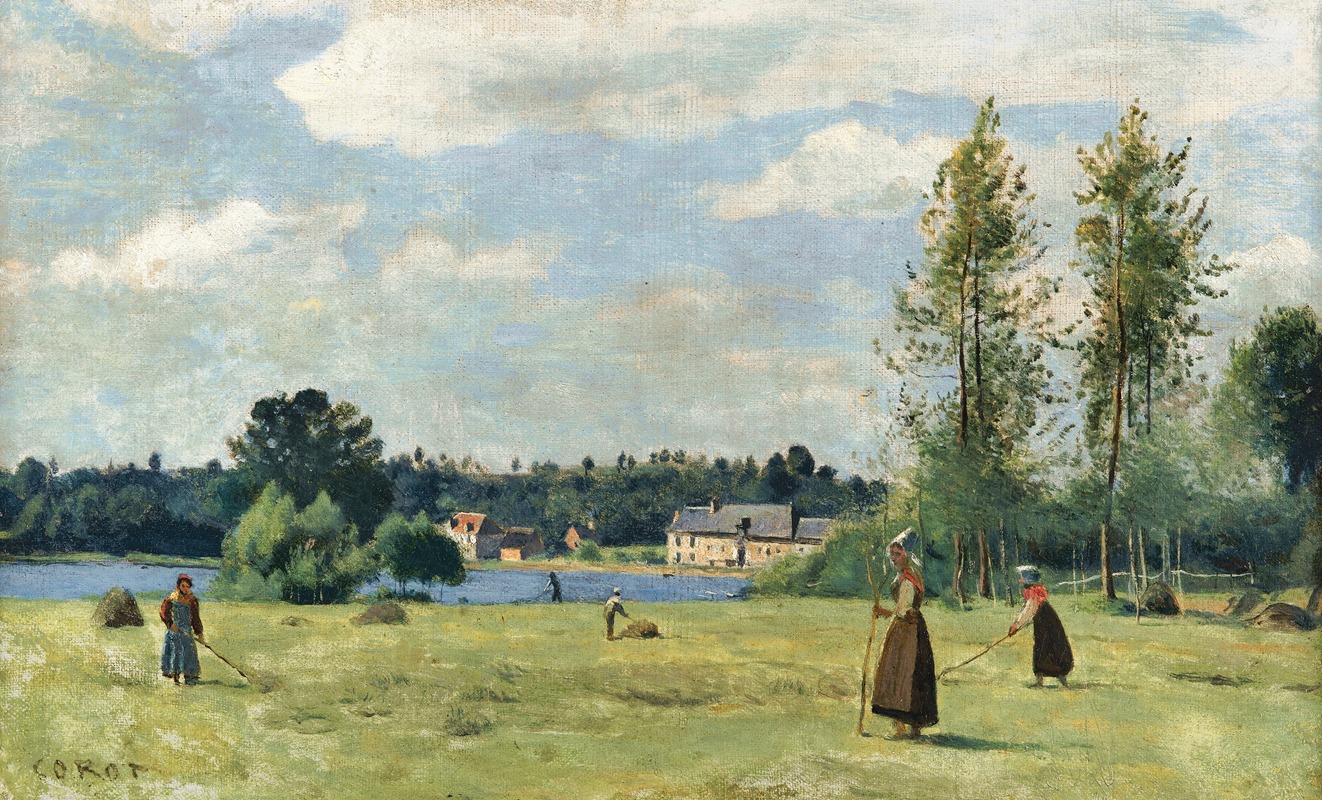
Faneuses À Ville D’avray
A hand-painted replica of Jean-Baptiste-Camille Corot’s masterpiece Faneuses À Ville D’avray, meticulously crafted by professional artists to capture the true essence of the original. Each piece is created with museum-quality canvas and rare mineral pigments, carefully painted by experienced artists with delicate brushstrokes and rich, layered colors to perfectly recreate the texture of the original artwork. Unlike machine-printed reproductions, this hand-painted version brings the painting to life, infused with the artist’s emotions and skill in every stroke. Whether for personal collection or home decoration, it instantly elevates the artistic atmosphere of any space.
Jean-Baptiste-Camille Corot was a prominent French landscape painter and a pivotal figure in the transition from traditional Neoclassical painting to the innovations of Impressionism. One of his notable works is "Faneuses À Ville D’avray," which translates to "Haymakers at Ville D’avray." This painting exemplifies Corot's mastery in capturing the serene beauty of the French countryside, a subject he frequently explored throughout his career.
"Faneuses À Ville D’avray" is set in Ville D’avray, a location that held personal significance for Corot. Ville D’avray is a commune in the western suburbs of Paris, where Corot's family owned a house. The area provided a rich source of inspiration for the artist, and he often returned to paint its tranquil landscapes. This painting is one of many that depict the rural life and natural scenery of this region.
In "Faneuses À Ville D’avray," Corot portrays a group of women working in the fields, engaged in the task of haymaking. The composition is characterized by its soft, diffused light and the gentle, harmonious tones that Corot is renowned for. The figures are integrated into the landscape, reflecting Corot's ability to blend human activity seamlessly with nature. This approach highlights his interest in the interaction between people and their environment, a theme that recurs in many of his works.
Corot's technique in this painting demonstrates his skillful use of color and light to create a sense of atmosphere. The palette is dominated by earthy greens and browns, punctuated by the occasional brighter hue that draws the viewer's eye to specific details. The brushwork is delicate and fluid, contributing to the overall sense of calm and tranquility that pervades the scene.
The painting also reflects Corot's influence on the Barbizon School, a group of painters who sought to break away from the formal constraints of academic art and instead focus on naturalistic representations of the landscape. Corot's work, including "Faneuses À Ville D’avray," played a crucial role in shaping the direction of this movement, which in turn laid the groundwork for the development of Impressionism.
Corot's ability to capture the essence of a landscape with simplicity and grace earned him admiration from both his contemporaries and later generations of artists. His work was celebrated for its poetic quality and its ability to evoke a sense of place and mood. "Faneuses À Ville D’avray" is a testament to Corot's enduring legacy as a master of landscape painting.
Today, Corot's paintings, including "Faneuses À Ville D’avray," are held in high regard and can be found in major art collections around the world. They continue to be studied and appreciated for their contribution to the evolution of modern art and their timeless depiction of the natural world.





